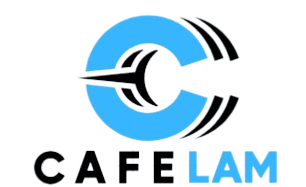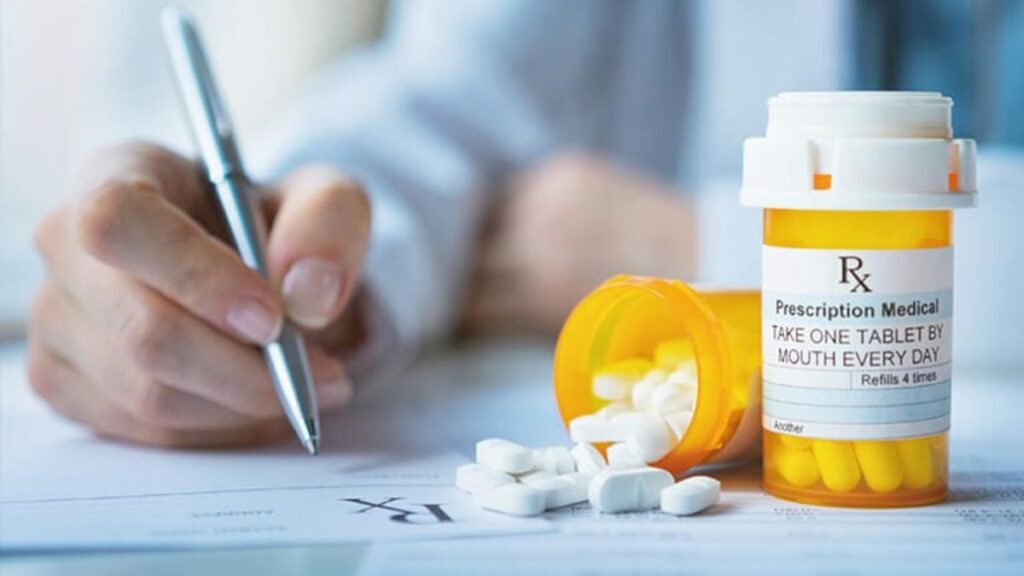Key Takeaways:
Learning to save on prescriptions can lead to substantial savings, ensuring you can manage your health affordably. There are various strategies to explore, each with potential benefits, from discussing options with your doctor to exploring online discount programs. The primary goal is to ensure you have access to needed medications at the most reasonable prices possible.
Table of Contents:
- Understanding Prescription Costs
- Discussing Options with Your Doctor
- Opting for Generics Over Brand-Name Drugs
- Maximizing Insurance Benefits
- Shopping Around Different Pharmacies
- Using Pharmacy Discount Programs
- Buying in Bulk
- Utilizing Online Pharmacies
- Exploring Manufacturer Assistance Programs
- Conclusion
Prescription medications are essential for managing health conditions, yet they can be a significant expense. Reducing these costs can make a big difference to your financial health. This article will explore practical strategies for saving money on medications without compromising your health.
Understanding Prescription Costs
Prescription drugs can vary significantly in price depending on a range of factors, including brand, insurance coverage, dosage, and pharmacy location. Understanding these factors is the first step in identifying potential savings. It’s helpful for consumers to educate themselves about these variables and align their buying habits to take advantage of cost-saving opportunities.
Discussing Options with Your Doctor
Open communication with your healthcare provider is crucial when finding ways to save on medications. Doctors may be unaware of a patient’s financial constraints unless discussed directly. By proactively discussing costs, you can explore more affordable options, including switching medications or adjusting dosages. Additionally, inquire about generic versions, as doctors can provide valuable insight into comparable alternatives. Programs like BuzzRx can offer substantial savings through discounts that your doctor might not know.
Opting for Generics Over Brand-Name Drugs
Generic medications are a tried-and-true method for reducing prescription costs. Once a brand-name drug’s patent expires, generic versions containing the same active ingredients and therapeutic effects can be produced at a lower cost. These generics undergo rigorous testing to ensure their safety and efficacy. Many consumers find that switching to generics can produce significant savings without impacting their treatment’s effectiveness. By consulting with healthcare providers and pharmacists, you can identify which medications have generic equivalents available.
Maximizing Insurance Benefits
Taking full advantage of your medical insurance plan is another highly effective way to manage prescription expenses. Understanding your coverage options, including formulary drugs, copayment tiers, and preferred pharmacy networks, can maximize your savings. Keeping track of your plan details and sharing this information with your healthcare provider to optimize prescriptions according to your insurance coverage is essential. Regularly reviewing your insurance plan can also ensure that you are on the most cost-effective plan for your prescription needs.
Shopping Around Different Pharmacies
Medication prices vary widely between different pharmacies, even within the same area. It pays to shop around and compare costs at various locations, including independent pharmacies and large retail chains. Take advantage of price-matching programs that some pharmacies offer, committing to match the lowest competitor prices. You might also discover that different pharmacies have varying discounts and deals, which can contribute to overall savings.
Using Pharmacy Discount Programs
Pharmacy discount cards and programs offer another avenue for savings on prescription medications. These programs can significantly benefit those without insurance, offering discounted prices at participating pharmacies. While these cards typically require a simple signup process, they may be widely accepted across many pharmacy chains, allowing for significant savings. Discount programs are accessible through various organizations, and comparing their savings potential with your insurance co-pay can reveal hidden savings opportunities.
Buying in Bulk
Purchasing medications in larger quantities can also lead to savings. By buying a 90-day supply instead of the usual 30-day supply, you may reduce your prescription costs per dose and save on repeated pharmacy dispensing fees. Make sure to consult with your doctor or pharmacist to ensure that buying in bulk aligns with your treatment plan and determine which medications have a longer shelf life and are suitable for this type of purchase.
Utilizing Online Pharmacies
With the rise of digital technologies, online pharmacies have emerged as a viable option for purchasing medications at reduced costs. These services often provide lower overhead costs, which can translate into savings passed to consumers. It’s essential, however, to ensure any online pharmacy is legitimate and accredited before making purchases. Consumer reviews and regulatory certifications can help verify the safety and reliability of these online services.
Exploring Manufacturer Assistance Programs
Another avenue for savings comes from manufacturer assistance programs designed to aid consumers who cannot afford their necessary medications. These programs can provide significant discounts or even free medications to qualifying patients. By contacting pharmaceutical companies or visiting their websites, you can learn more about patient assistance programs and determine eligibility criteria.
Conclusion
Saving money on prescription medications requires actively exploring various options and resources available to consumers today. By educating yourself, communicating openly with healthcare providers, and diligently seeking discounts and alternative purchasing options, you can significantly reduce the financial burden of prescription costs. Taking charge of your medical finances enables a mix of both health security and economic relief, ensuring that you receive the best care possible while managing costs effectively. Remember, small steps can lead to significant savings, ensuring better financial health for the long term.







